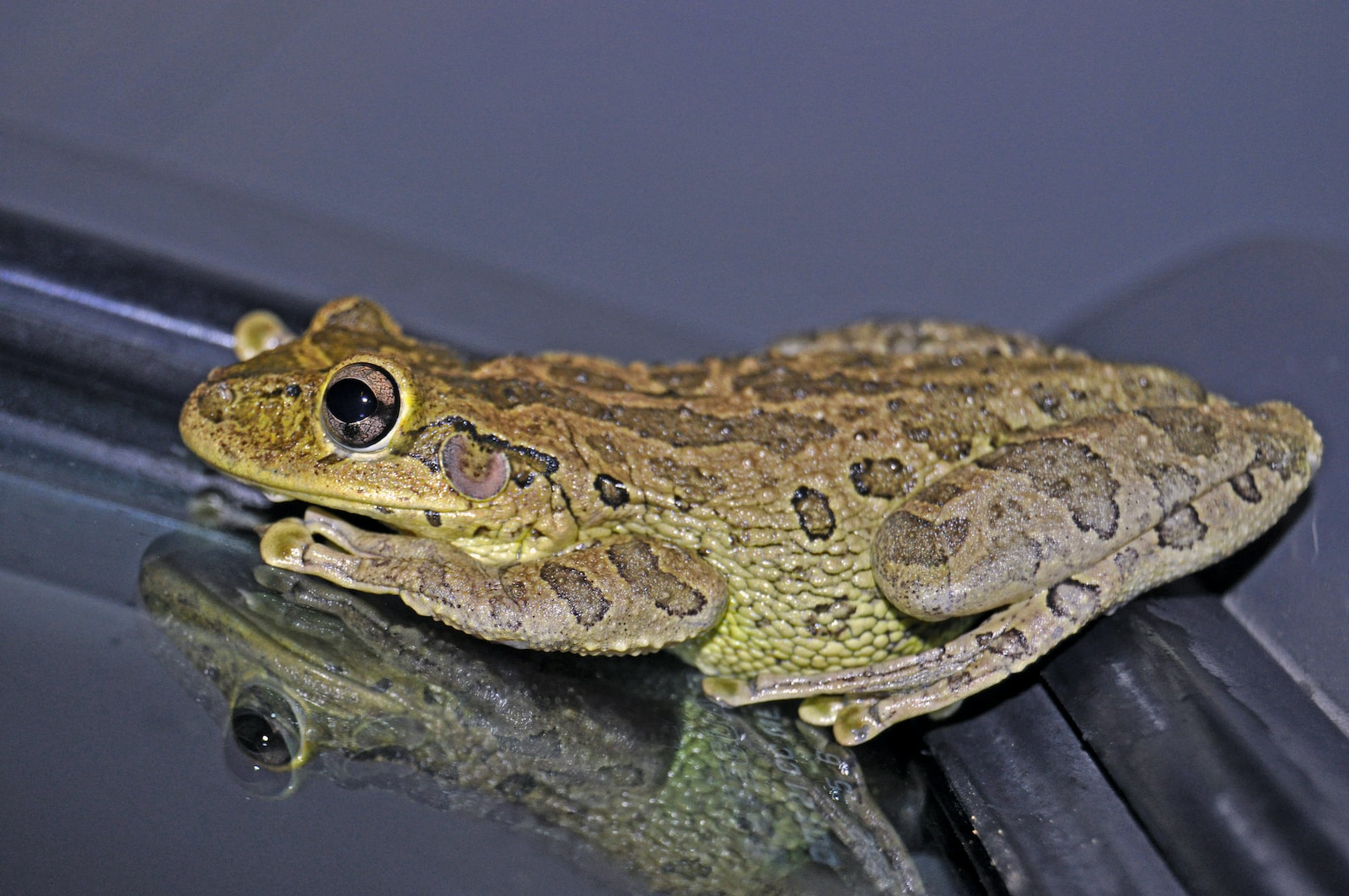Table of Contents
ToggleIntroduction:
Biological invasion, also known as invasive species, poses a significant threat to global biodiversity. The introduction of non-native species to new environments can have detrimental effects on ecosystems, native species, and human activities. In this article, we explore the concept of biological invasion, its impact on the environment, and practical strategies to prevent and manage invasive species. By understanding the causes and consequences of biological invasion, we can take proactive steps to protect our natural heritage.
Understanding Biological Invasion:
Biological invasion refers to the introduction, establishment, and spread of non-native species in ecosystems outside their natural range. These species, termed invasive species, can outcompete native species, disrupt ecological processes, and cause economic and environmental damage. Human activities, such as international trade, travel, and climate change, play a significant role in facilitating the spread of invasive species.
The Consequences of Biological Invasion:
The introduction of invasive species can have far-reaching consequences for ecosystems and human well-being. Here are some key impacts of biological invasion:
- Biodiversity Loss:
Invasive species can outcompete native species for resources such as food, habitat, and breeding sites. This competition often leads to a decline in native species populations and can even result in their extinction. Biodiversity loss reduces ecosystem resilience and disrupts ecological balance.
- Habitat Degradation:
Invasive species can alter habitats by modifying vegetation, soil chemistry, and nutrient cycles. These alterations can lead to habitat degradation, making it unsuitable for native flora and fauna. The loss of native habitats can impact ecosystem services, such as water purification and soil stabilization.
- Economic Costs:
Biological invasion can have significant economic consequences. Invasive species can damage crops, forests, fisheries, and infrastructure, resulting in substantial financial losses. Additionally, the costs associated with managing and controlling invasive species can be substantial for governments, businesses, and individuals.
- Health Risks:
Some invasive species can pose risks to human health. For example, certain plants and animals can be toxic or carry diseases that can affect human populations. Invasive species can also impact recreational activities such as swimming, boating, and hiking, by altering the natural conditions of water bodies and recreational areas.
Prevention and Management of Biological Invasion:
Preventing and managing biological invasion requires a multi-faceted approach that involves individuals, communities, and policymakers. Here are some strategies to combat invasive species:
Strengthening Biosecurity Measures:
- Enhance border controls and inspections to prevent the unintentional introduction of invasive species through trade and travel.
- Develop and implement strict regulations on the importation and sale of potentially invasive species.
- Raise awareness among the public and industry about the risks associated with invasive species and the importance of responsible actions.
Early Detection and Rapid Response:
- Establish monitoring systems to detect invasive species at their early stages of establishment.
- Develop protocols for reporting and responding to invasive species sightings promptly.
- Implement effective eradication and control measures for newly introduced invasive species.
Restoration and Habitat Management:
- Restore and rehabilitate degraded habitats to promote the recovery of native species.
- Employ ecosystem-based approaches to habitat management that prioritize the conservation of native flora and fauna.
- Engage local communities and stakeholders in habitat restoration initiatives.
Research and Innovation:
- Invest in scientific research to better understand the impacts of invasive species and develop innovative solutions.
- Foster collaboration between scientists, policymakers, and communities to share knowledge and best practices.
- Promote the development of environmentally friendly and sustainable methods for managing invasive species.
Conclusion:
Biological invasion poses a significant threat to global biodiversity and ecosystem functioning. The introduction of invasive species can have far-reaching consequences for native species, habitats, and human activities. By understanding the causes and impacts of biological invasion, we can take proactive steps to prevent, detect, and manage invasive species. Strengthening biosecurity measures, promoting early detection and rapid response, restoring habitats, and investing in research and innovation are crucial in combatting biological invasion. Let us work together to protect our natural heritage, preserve biodiversity, and ensure a sustainable future for generations to come.







